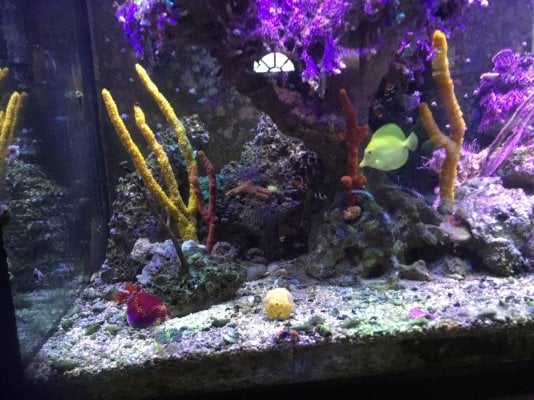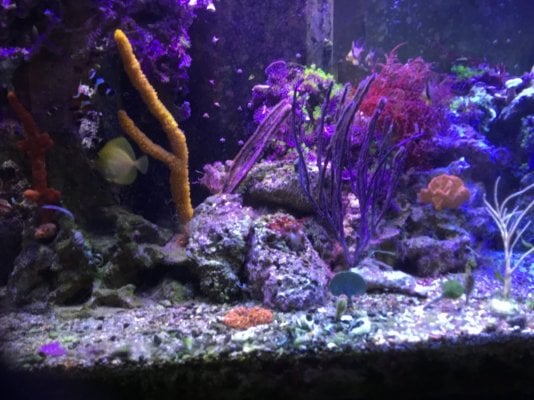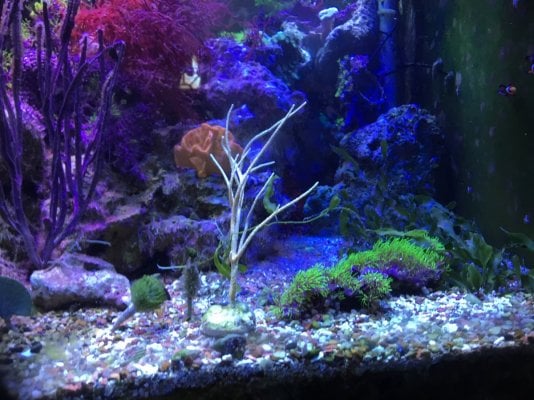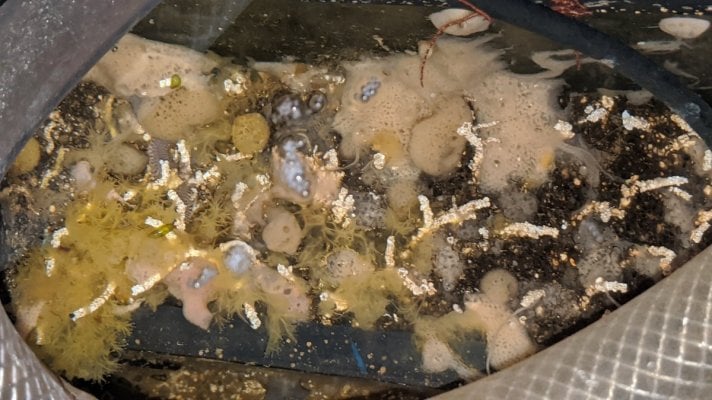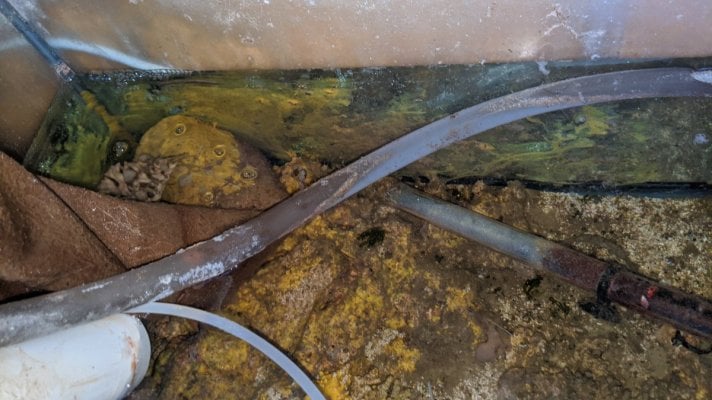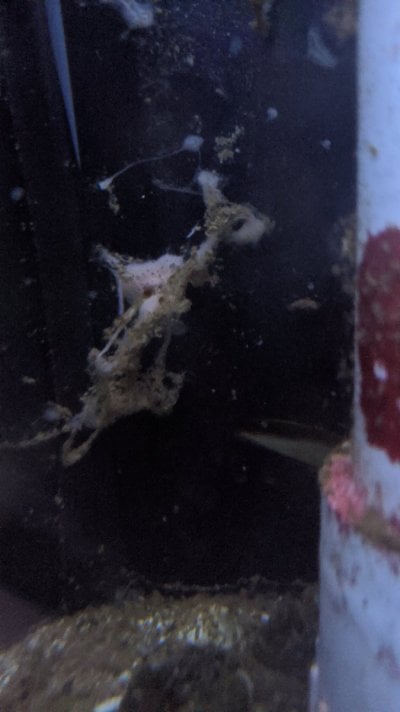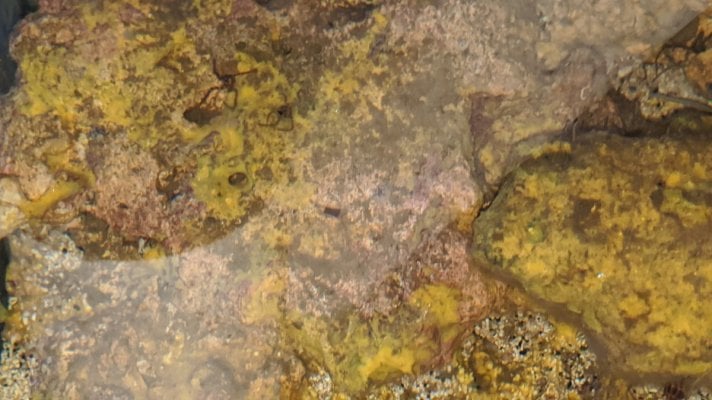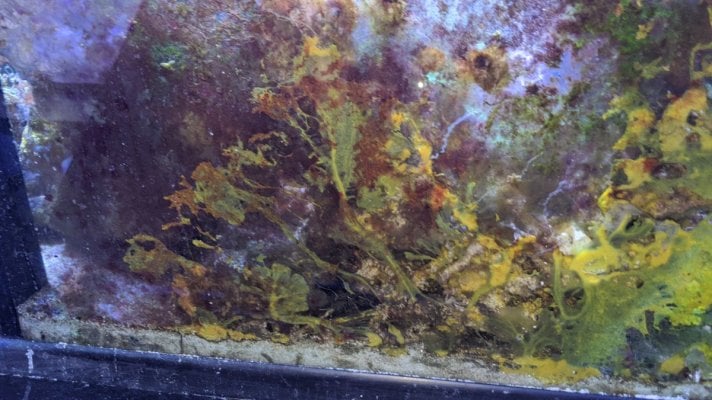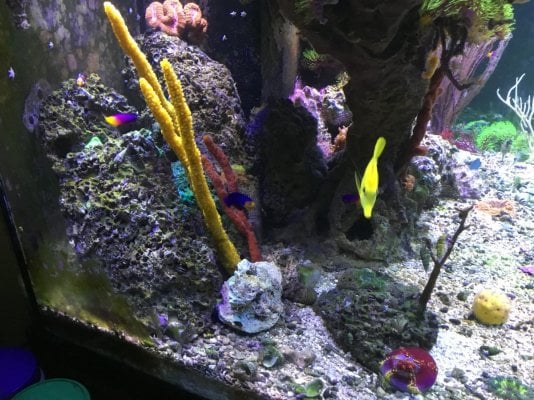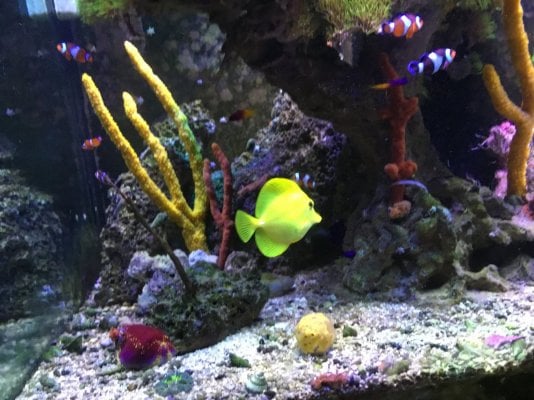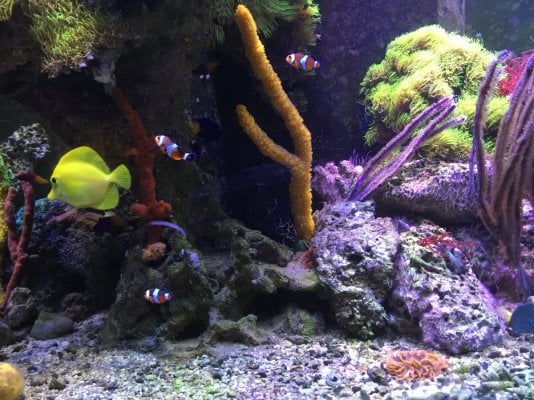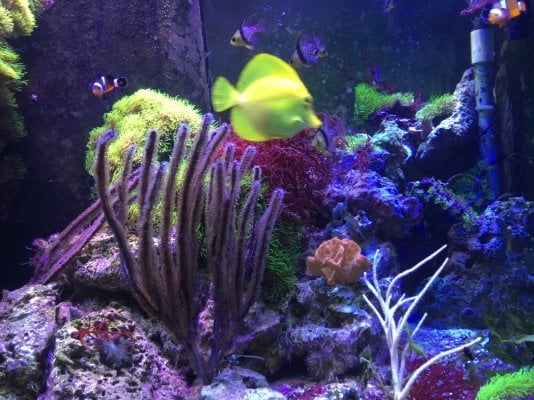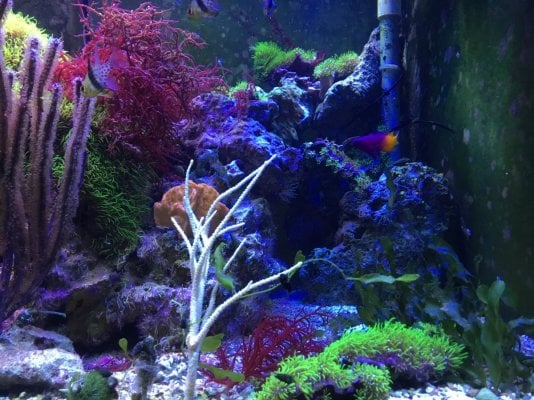Let’s talk about sponges as a major player
No derail here. Thank you for your input. Actually, I used the quote first and Timfish expounded on it, however I got it from him years ago.
I am not, will never be, and am just too plain hardheaded to ever be in a league to enter this debate on any level. That said, as a reef hobbyist this quote that Timfish used is , in my opinion, the single most important thing we can learn from.
In my opinion, when we see the very successful reefers, over a span of years, they all seem to embrace lots of food input and lots of waste extraction. I have argued for years that coral reefs are anything but nutrient poor. Instead they are very low in residual nutrients in such that anything that flows into the system is utilized by some life form almost instantly. Also that any excess in nutrients will be met by an increase in an organism that utilizes that nutrient source. In other words, balance of in and out. Sorry to derail but that quote is awesome.
No derail here. Thank you for your input. Actually, I used the quote first and Timfish expounded on it, however I got it from him years ago.




